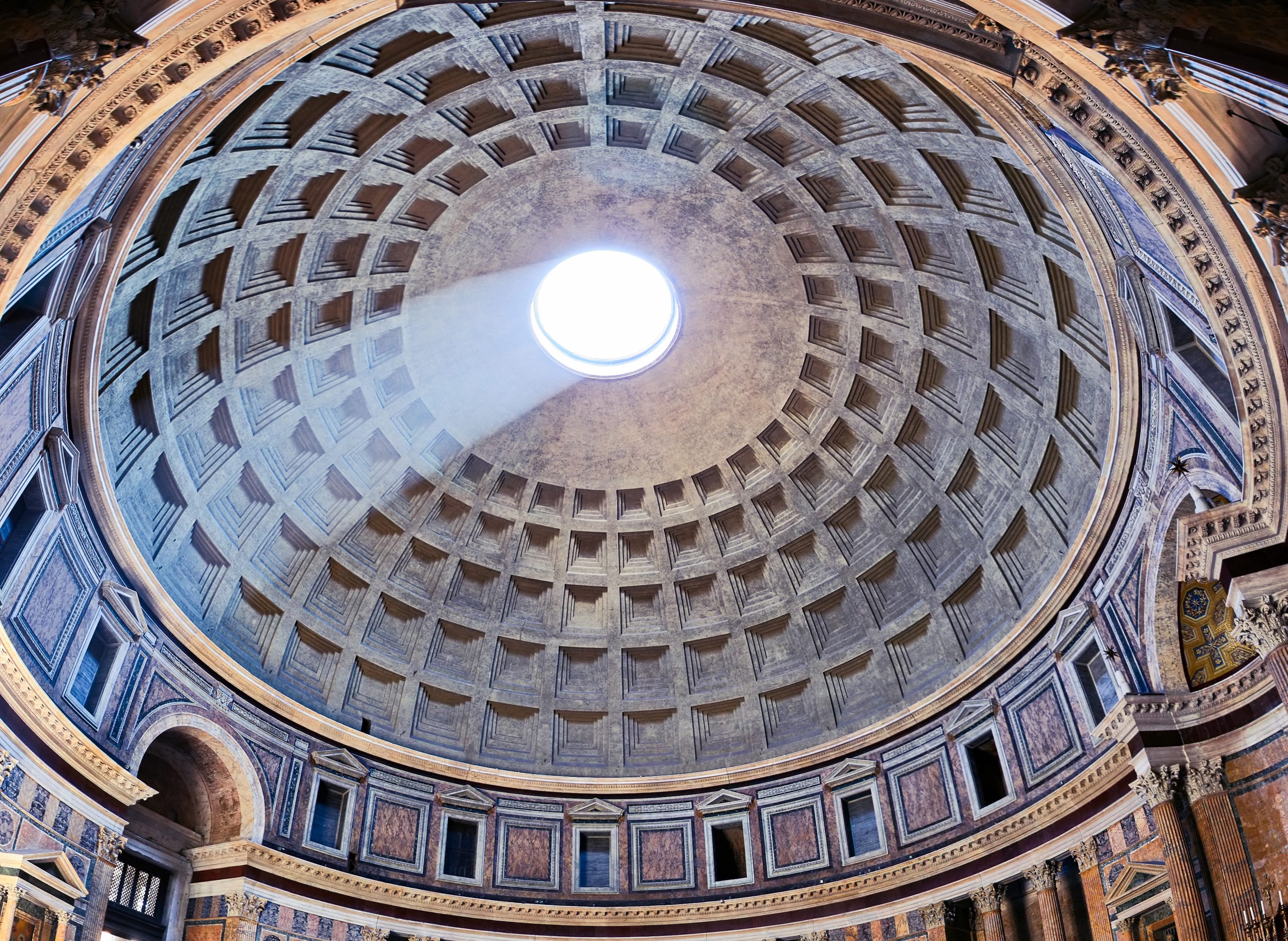Guide to the Pantheon
The Pantheon is one of the most important sites and among the most popular attractions in Rome. It's so well-preserved that it offers great insight into the Roman Empire. It is also the site of the Renaissance painter Raphael’s tomb. Other notable people buried at the Pantheon include other Renaissance artists, Italian kings, and Margherita of Savoy. Anyone visiting Rome has to make time to visit the Pantheon. To make the most of your visit, it’s worth taking a guided tour of the Pantheon before the crowds arrive. Your expert guide will take you around the stunning building and will tell you everything you need to know about its history and significance. You’ll get to tour the Pantheon when it’s still quiet, and will get the chance to ask anything you’ve ever wondered.

Save with Go City
A guided tour of the Pantheon is included in the Go Rome pass. You could save up to 65% on admission vs gate price on popular Rome attractions. In the meantime, here are some important Pantheon facts and trivia to get you started...
What is the Pantheon?
The Pantheon is the best-preserved building in Rome. It is a historic landmark, a public church, and a popular tourist attraction.
Where is the Pantheon?
The Pantheon is on Piazza della Rotonda, near the Trevi Fountain and Piazza Navona. It is in the Municipio I area of Rome.
When was the Pantheon built?
The Pantheon, as it currently stands, was built between 113-126 AD. It was originally built in 29-19 BC but subsequently burned down twice, once in 80 AD and once in 110 AD.

Who built the Pantheon?
Marcus Agrippa, a Roman statesman, and architect, originally built the Pantheon as part of his personal property. This building burned down in 80 AD and was then rebuilt by Domitian. It burned down again in 110 AD and was rebuilt by Emperor Hadrian.
What does Pantheon mean?
Pantheon means “all gods.” The name comes from the Greek words pan, meaning “all,” and theos, meaning “gods.”
What was the Pantheon used for?
The Pantheon has been in use ever since it was built. Originally a private temple, it eventually became a public Christian church in 608 AD and is still used as such. It is now also a popular tourist attraction.
Top Pantheon facts
- The Pantheon’s diameter measures the same as its height: 43.5 meters.
- The oculus, or the hole in the ceiling, used to be the Pantheon’s only source of light. It occasionally rains in the Pantheon.
- When it rains, there are 22 holes hidden around the Pantheon that help drain the water away.
What to see at the Pantheon
- The dome: Look up to see the Pantheon’s remarkable dome, which is the world's largest unreinforced concrete dome. Its oculus, or the “Eye of the Pantheon”, measures 8.2 meters in diameter.
- The tombs: See the sites where significant artists and kings are buried. The tombs are decorated beautifully.
- The floor: Look down! The Pantheon’s marble floor has a striking pattern that’s definitely worth paying attention to.

In summary
The Pantheon is an important and fascinating Roman structure that should be high on your Rome itinerary. Consider taking a guided tour to really make the most of your visit and to take advantage of the early entry.
Save with Go City
Admission to the Pantheon with guided tour tickets is included in the Go Rome pass. You could save up to 65% on admission vs gate price on popular Rome attractions.
Share your trip with us
Follow us on Facebook and Instagram, and share your adventure with us. Tag us at @GoCity and use #GoCityPass on your travel photos to keep us up to date with your vacation!